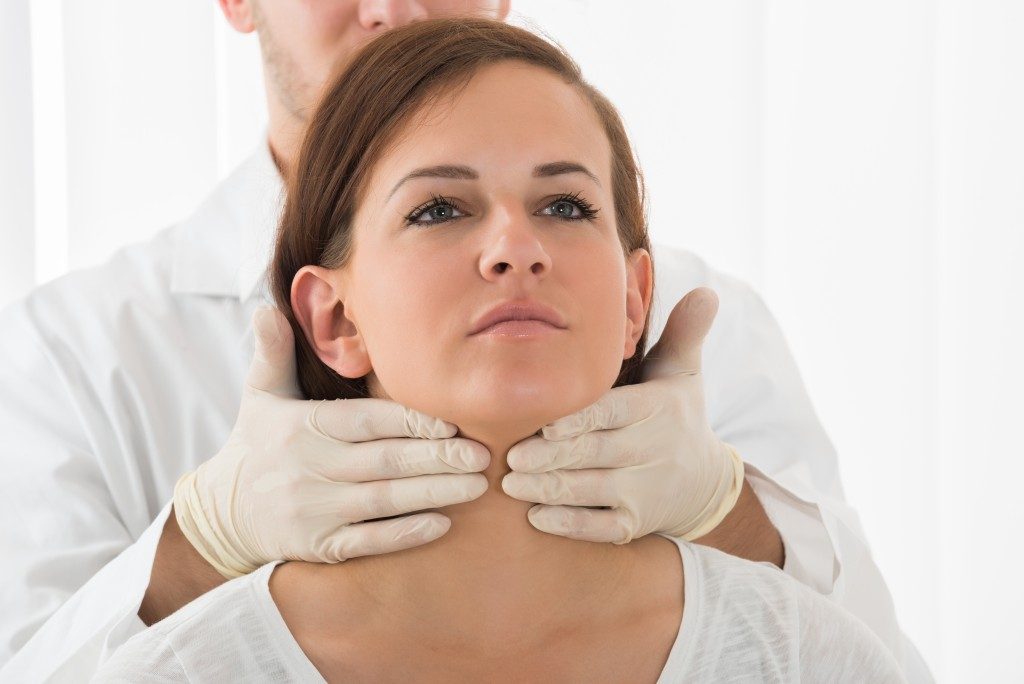Believe it or not, there’s a good and bad way of brushing your teeth. Interestingly, many of the bad ways are done with good intentions. Case in point: overbrushing. People scrub their teeth hard, believing that it’s the way to clean completely and thoroughly. But, apparently, this habit does more harm than good.
The Dangers of Overbrushing
One of the ways aggressive toothbrushing harms the teeth is it wears down the enamel. Although this outer layering of the tooth is a hard substance, it can’t withstand the blunt pressure from overbrushing. It damages the enamel, which may result in tooth sensitivity over time. It can even expose the underlying structures of the teeth, like the dentin.
If you’re experiencing discomfort from eating hot and cold food and drinks lately, it might be worth reconsidering your brushing habits. This is especially true because sensitive teeth might also signal tooth decay. Remember that since the teeth’s protective layer is worn down, it’s more at risk for cavities.

Brushing too hard doesn’t just damage the teeth. The gums are affected, too. The unnecessary stress from overbrushing irritates the gum line, thus contributing to gum recession. If you notice that your teeth are longer than they were, you may be suffering from receding gums. Unfortunately, those gums won’t grow back. You can only prevent it from worsening. Go to a general dental office. Tempe dentists explain that the earlier the intervention is for gum recession, the better the outcomes will be.
The truth is, even though plaque easily builds up on teeth, it’s not difficult to get rid of it. In fact, they can be removed even with just a single swipe of a cloth. Going gentle on your teeth is the best way to clean.
The Proper Way to Brush
If you have been overbrushing your teeth all your life, it’s difficult to change the habit. But, the key here is being mindful. Observe how you hold the brush. If you’re gripping it tightly, you would likely use more pressure. Relax the grip and use small strokes when going around the teeth. Take your time, as well. Sometimes, it’s the hurry to get the brushing done that’s making people go intense. Dental practitioners say that the ideal duration for brushing is two minutes.
Be mindful of the fact that the goal is to clean thoroughly. As long as you’re brushing each corner of the mouth, then you’re doing it right. Some of the often forgotten corners are the back of the front and lower teeth, tongue, and the insides of the cheeks. It may help to use a small-headed, soft-bristled toothbrush to clean the hard-to-reach areas. Of course, an electric toothbrush is also a good option.
Overbrushing seems like a good hygiene practice, but in truth, it does more harm than good. The best brushing techniques are the simplest. Go gentle on your teeth. Protect your oral health with proper hygiene habits.



